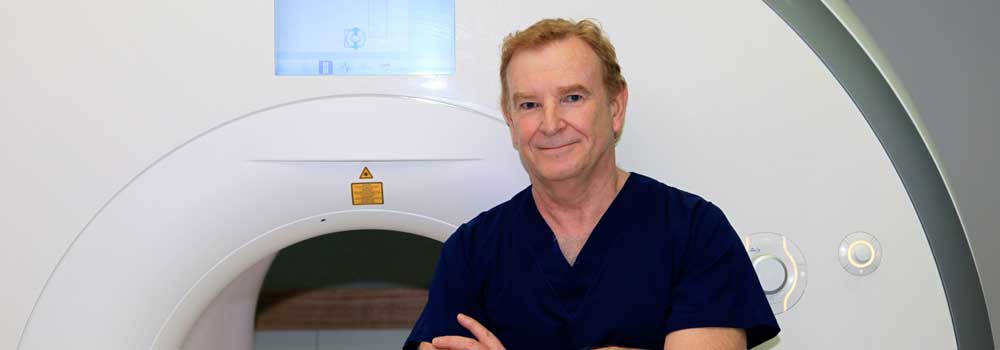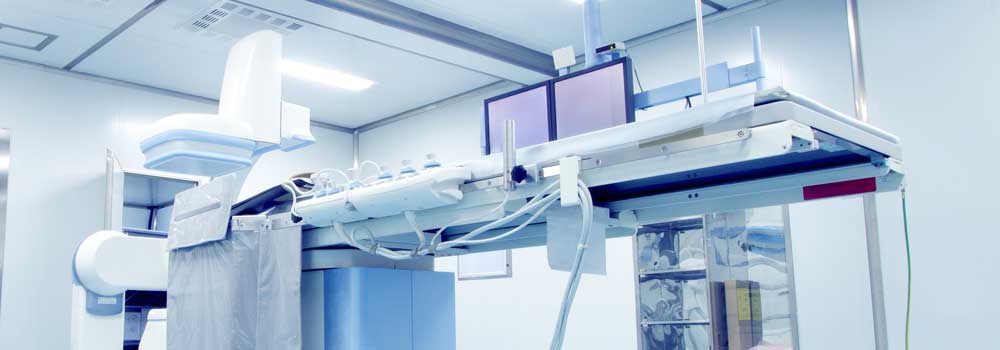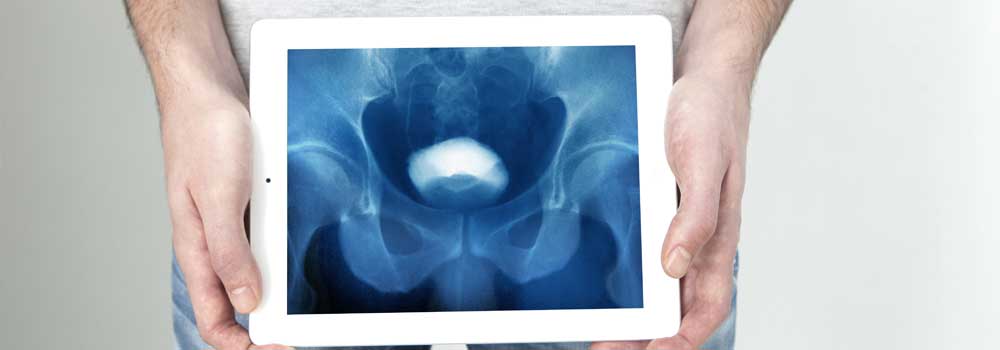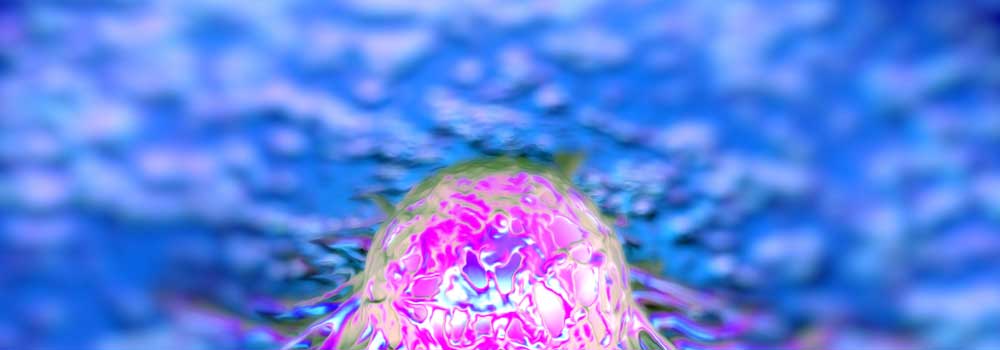BCG Treatment
BCG is the same substance used for vaccinating patients against tuberculosis (TB). It has been found that when this substance is placed into the bladder, it causes the body to make cells which then attack the cancer cells. This is known as immunotherapy. In other words it is teaching the body to recognise the cancerous cells as being abnormal and to engulf and destroy them. It does not work in every case and may have some side effects.
The BCG is placed into the bladder by firstly inserting a urinary catheter which is clamped to retain the fluid through the normal tube (urethra) and then the solution of BCG is run in in a liquid form into the bladder. The patient retains that liquid for one to two hours.
During that time the patient is asked to:
1 Lie on his or her back for half an hour,
2 Lie on the right side for half an hour,
3 Lie face down for half an hour and
4 Lie on the left side for half an hour. This rolling action allows the whole of the surface of the bladder to come into contact with the BCG thereby making it more effective.
At the end of that period of time, the catheter is unclamped and the BCG fluid is drained out.
It is not a painful procedure but there are some side effects. The BCG sometimes causes patients to have the need to urinate frequently, perhaps develop small amounts of blood in the urine, maybe have a low grade fever and can sometimes lead to tiredness and fatigue. If the patient notices any untoward symptoms or has any concerns, it is important that these should be discussed with the nursing staff or the Urologist.
For further information and after treatment instructions, reference should be made to the OncoTICE® Patient Information brochure which will be given to the patient prior to the first treatment.







